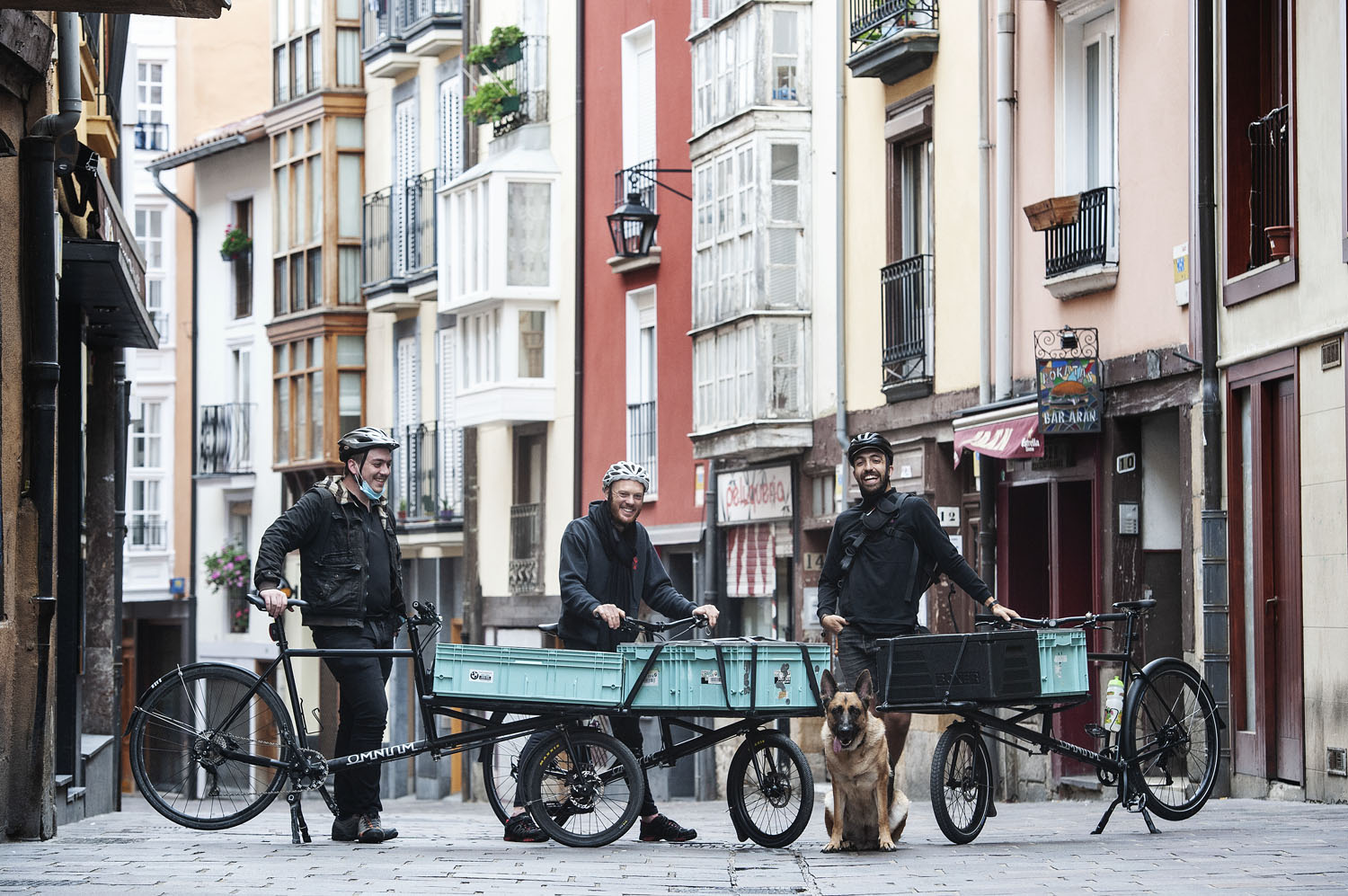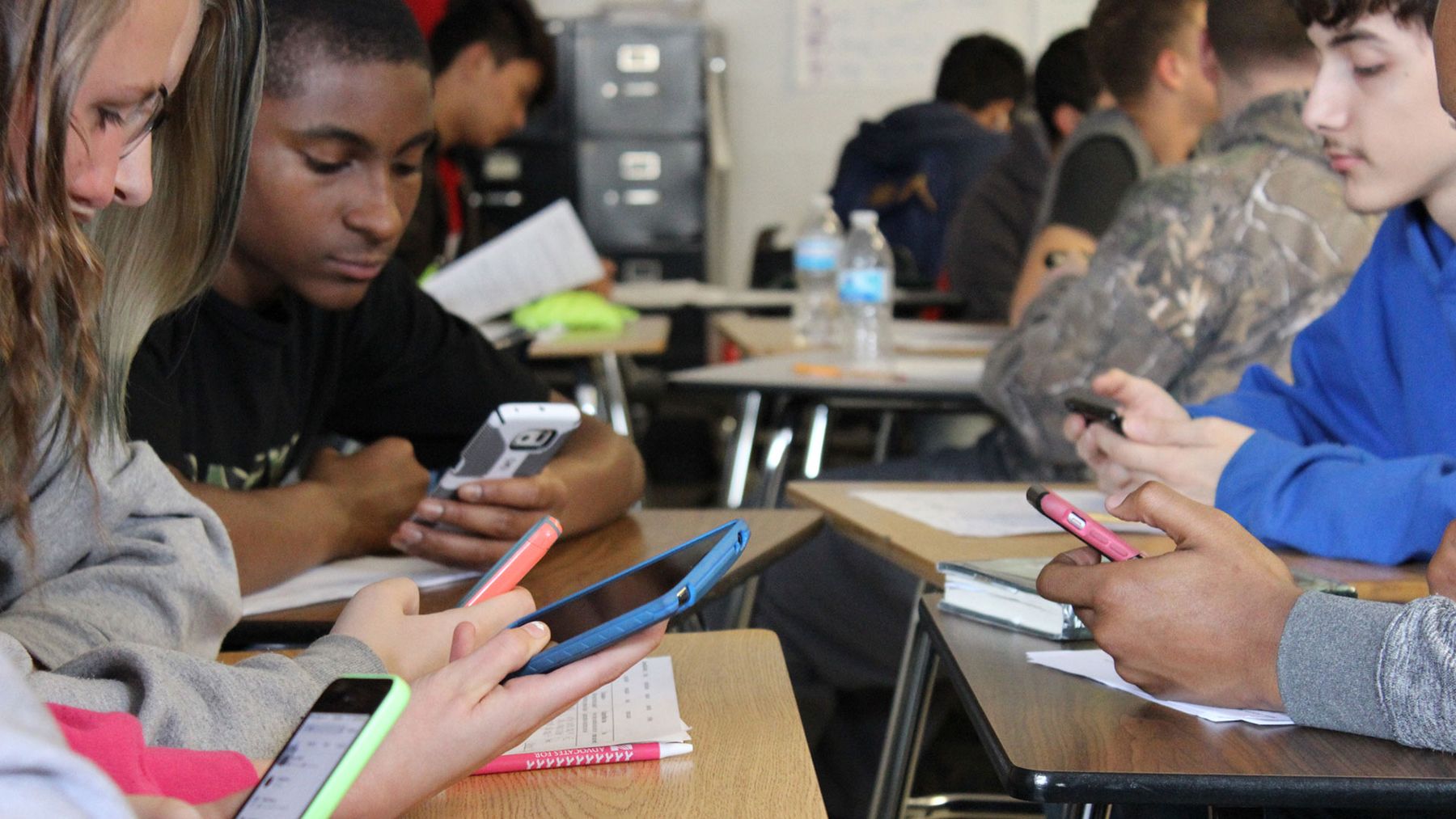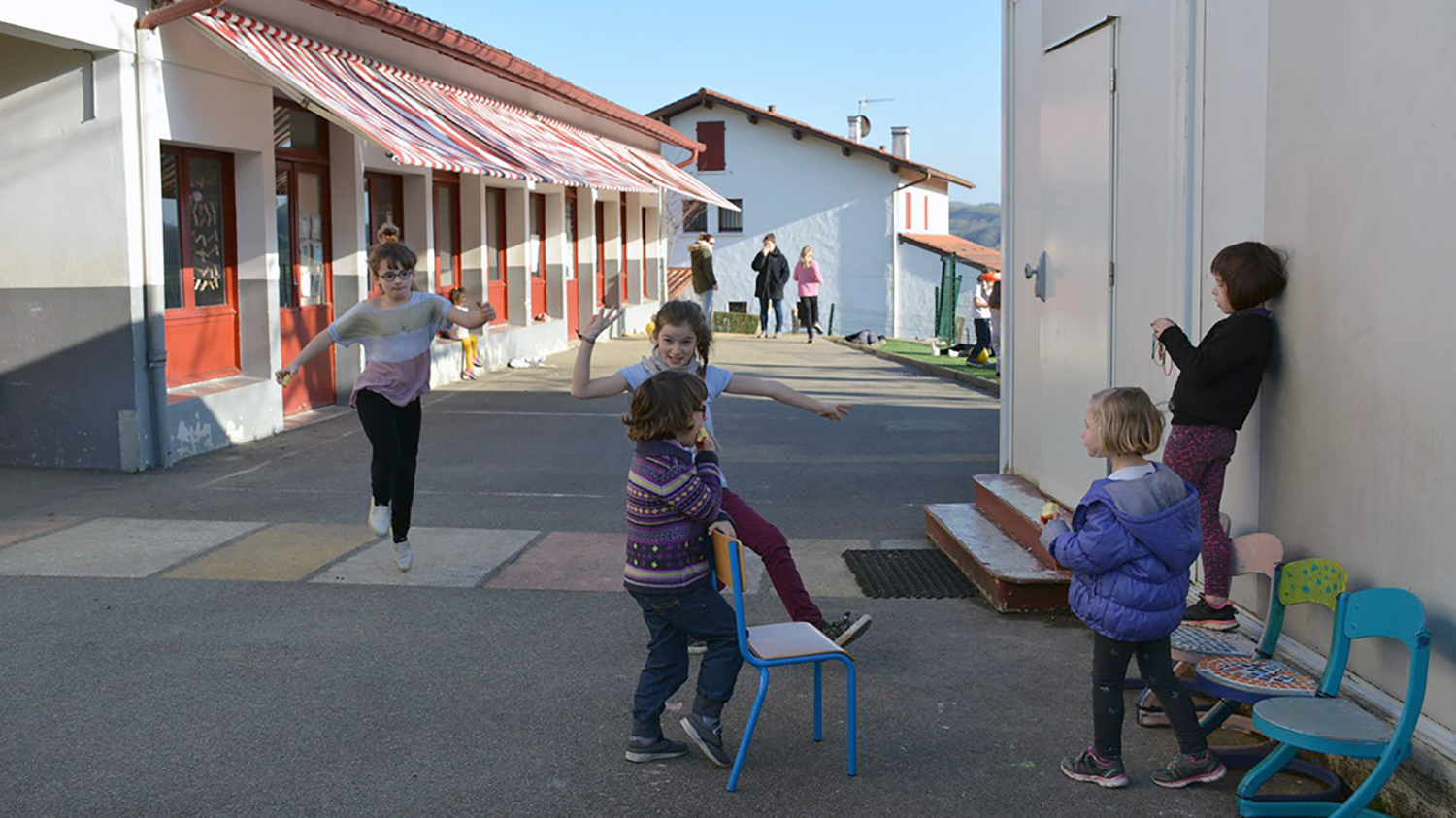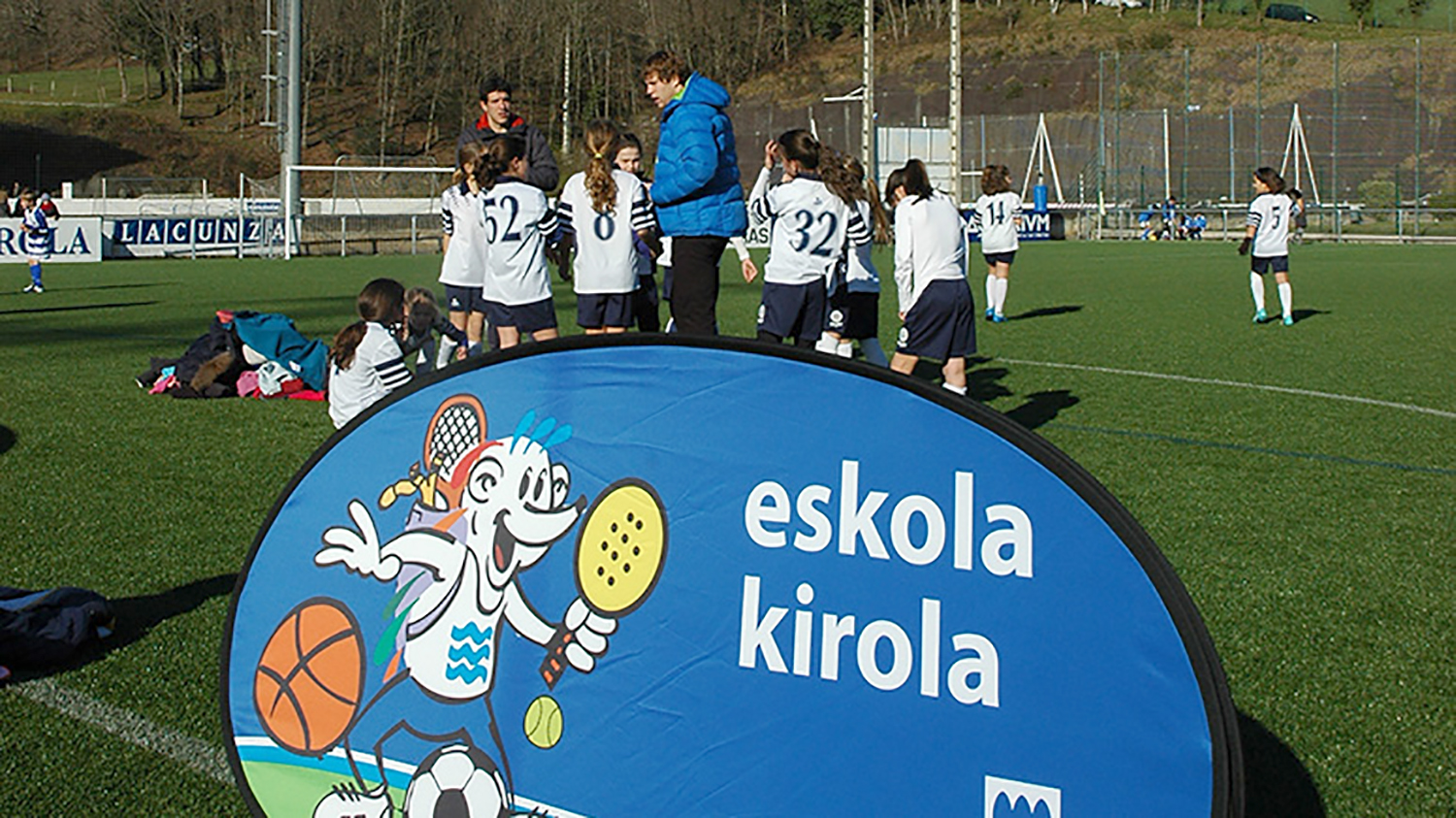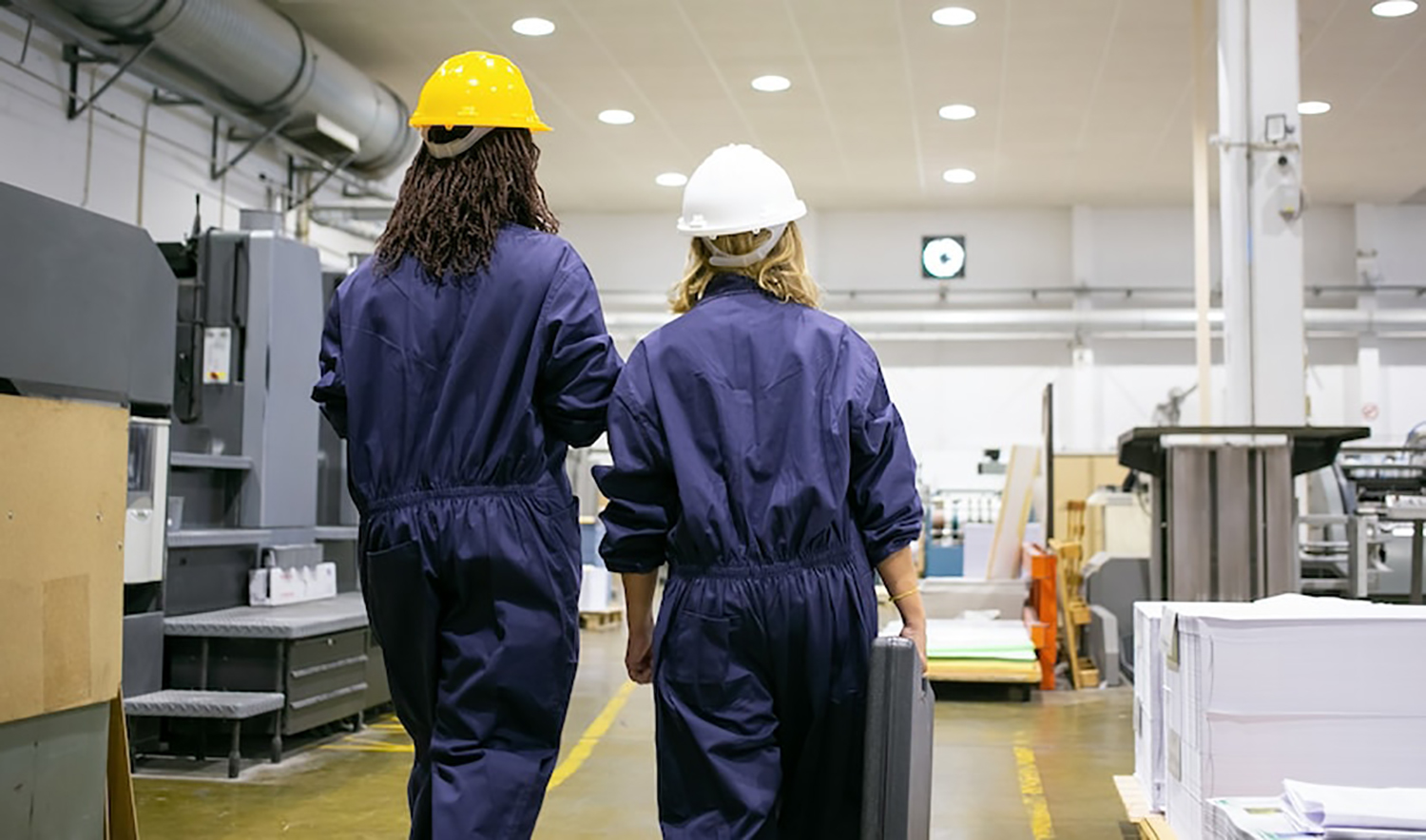One hectare of green area for school sharing
- After the work on forests in the school, the students of Azkoitia asked the City Hall to expand its natural spaces, both for the people and for their use as a school center. One hectare of land was allocated to the management and use of the schools themselves. Municipal status: “We offer you a space, but you have to give it a didactic use.” And since then, the schools in Azkoitia are on the right track, they've lost fear of leaving the four walls of the class and they've taken advantage of the neighborhood work in the green zone.
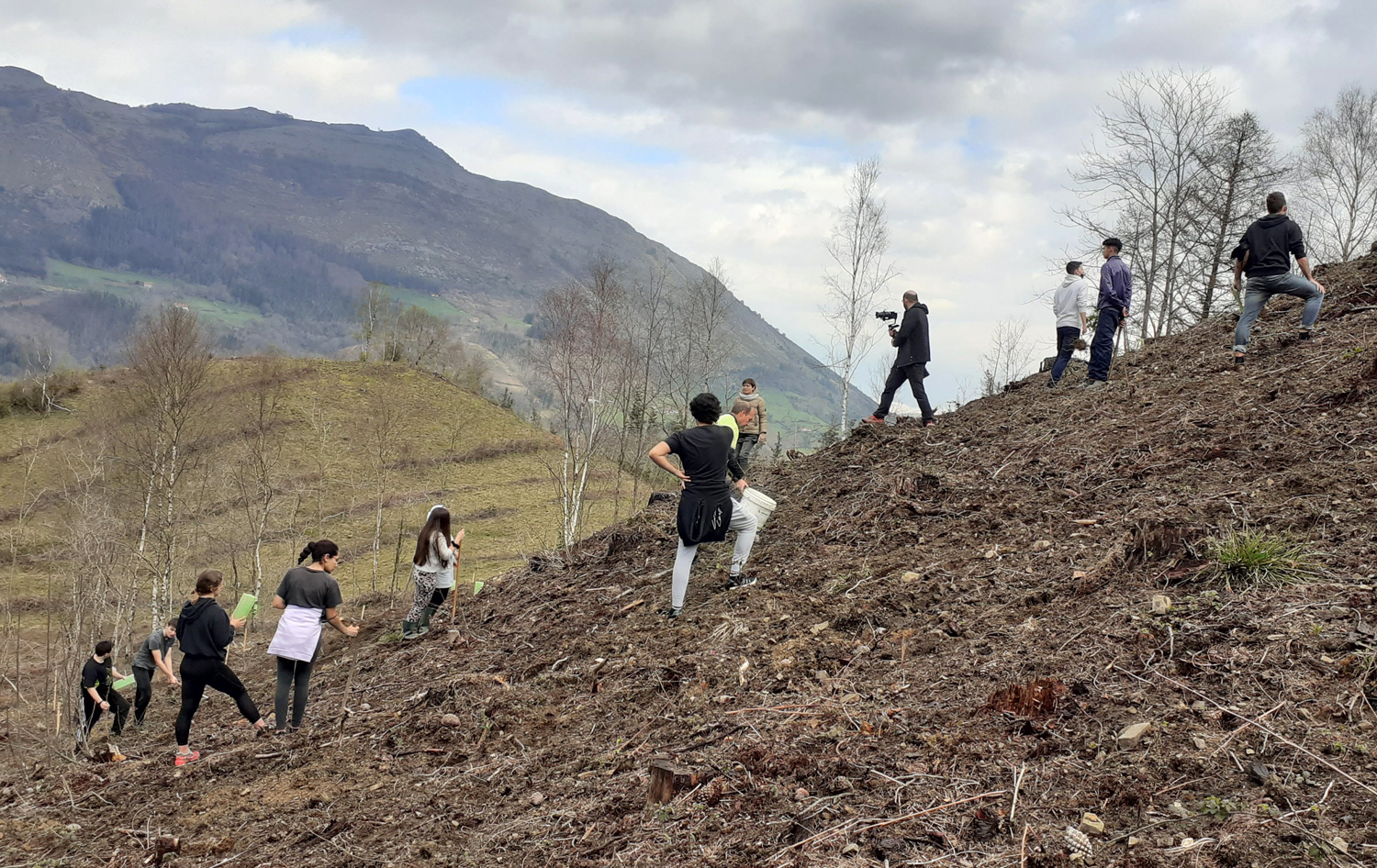
Within the 2030 Agenda, students address each course a sustainable development theme. Two courses were carried out a work on the forests and a diagnosis and improvement proposals were made in this area, on the one hand the proposals for improvement in the context of the center and on the other the proposals put forward to the city council taking into account all the people. Among other things, they asked the City Hall not to cut down trees, to plant native trees, to take into account the natural spaces in the new urbanizations, etc., and told them that they wanted more green spaces in the village, for all the neighbors to use it in general and for the students themselves to do it in particular. Although the institutions were not very accustomed to meeting these kinds of demands, the Azkoitia City Hall dedicated one hectare to schools in the Munoaindi area, and cleaned it up and prepared for the centers to use.
There began the adventure four schools in Azkoitia. The teachers of these centers told us about their experience around the table: Eider Irastorza of IES Azkoitia, Ana Ruiz de Azua of the concerted center of Floreaga, Zaine Rekondo of the active school Bizilore of Early Childhood Education and Primary Education and Iratxe Etxeberria of the vocational training center Izarraitz. Olatz Zabaleta of Ingurugela, the environmental advisory service of the Basque Government, has also joined the conversation. This course, the Xabier Munibe public center will join the project, and then yes, the initiative will cover all schools in the village, based on the collaboration of all educational centers in Azkoitia.
Before this project, the journalist asks first whether Azkoitia, with over 11,000 inhabitants, is not a municipality with many green areas. “It’s green, yes, but we have little green public space, because almost all the land is private and is entering a lot of eucalyptus, it’s a reality that is repeated throughout Gipuzkoa,” the teachers explain.
Eider Irastorza: "Projects that help you look: you put yourself in hot, wet places to find amphibians, you know you can find life under the stones..."
Pond, wooded, path… First, the space given by the City Hall has been
designed: a path has been defined, banks to sit, which trees they want to plant in that area… The native trees (birch, beech, acebo, art, ash, maple...) have been selected, but the educators have told us that the initial planting has been done directly taking advantage of the trees that the nursery had. The germination process of oak with acorns has also been carried out, with the help of forest guards, so it is intended to plant the shrubs that sprout later.
The star project of this course has been the lagoon. The well has been carried out in Munoaindi with the collaboration of the Society of Aranzadi Sciences and has involved young people from four schools, from Primary to Baccalaureate and Vocational Training. The project has had a lot of labor: dig, drop with blades, clean with plasters, apply a layer of geotextile (so that rainwater does not leak and the earth does not absorb everything), put another couple of layers, throw dirt, surround the well with fences... Aware that the reproduction of a habitat to cultivate the environment and biodiversity is a great opportunity, more and more schools are encouraging the creation of this type of wetlands in the Basque Country; now also those in Azkoitia have their own well, a genuine natural laboratory, which will allow Azkoitia to join the Lagoons Network.
“The goal is for the natural space to be a place of study”, explains Olatz Zabaleta; with the lagoon they learn closely, for example, because a “well has not been made and it has finished”, but to work what that well gives them: talking about the frogs and amphibians that come close, of the species in general, of the plants that have started to grow in the environment, of the live seasons. In addition, unlike the last course, throughout this course the excursions to the Natural Space are included and planned in the curriculum, since “what is not planned is difficult to do in schools, and once a gap has been made in the curriculum, you can go to Munoain with the students more frequently and easily”.
Olatz Zabaleta: "Now we have revalued the knowledge related to orchards, plants, animals, nature... and there is something to do"
Turning the gaze into
a place of study of Nature is not going to the countryside or the forest and seeing what we find, “we have to know to look and they are projects that help to look: you are looking in warm and humid places to find amphibians, you know that you can find life under the stones... just like with noises and sounds, because you have to learn to listen, and when you learn the clues, you put other glasses to learn to look and you want to look.”
The students have enjoyed the excuse and in progress, along with the children of other schools, and since then they feel the gap. At first, for example, they were nervous, because outside the school hours they were going to look at the well and it wasn't filled with water, it didn't rain, or one day a student came to the well and sent the picture, worried about being fanged. These situations are a good opportunity to deal with issues such as weather and weather, or how the pines have been cut and the wetland is pending to explain that it is normal to sleep. In addition, some students who are not so comfortable in the dynamics of the class have been suddenly emphasized by their greater knowledge on issues of nature or external action, “and it has also been good for the self-esteem of those who suffer between the four walls”.
The design of the space has been created by the students themselves, the changes and proposals in the planning… In short, the educators have shown the value that the protagonists are the children themselves in the process, because we usually tend to give it all done. “For this, obviously, prior knowledge is important and we have emphasized the contents so that the proposals made by the students and their criteria are consistent; that the trees they want to plant are indigenous is not a proposal that emerges from nothing. Knowledge and involvement also provides sensitivity and awareness, the desire to care for and respect what lives close,” the teachers say.
Olatz Zabaleta underlined what is at the heart of all the work: the eco-social approach. “We empower students to face problems, environmental and social problems are related, everything is related, solutions and answers. The central issue we are going to address in this next course is energy, for example, energy poverty.
Naturgune, ikasgune… and the meeting point between children of Early Childhood Education and adolescents of Vocational Training have been very funny with the idea
that boys and girls prepare from the top down, young people dressed in clean street clothes, how they have been understanding and helping little by little two different worlds. In fact, this project is a good meeting point for the schools of Azkoitia, a starting point for other initiatives and collaborations, learning and feeding on experiences. Everyone has made their contribution and the Vocational Training, for example, have had much to say in wood-related crafts.
The schools have also collaborated with the forest rangers, with Aranzadi, with the associations of nature and other local agents, convinced that the engine and the future of the project is the engine of the same, which is gradually seen in the village, seeking synergies between them and forming a network of relations.
Ana Ruiz de Azua: "The organization and the educational conditions we have don't push outward, it's not easy, but I think the chip is changing."
The breakdown of natural transmission is part of the network of relationships. However, this city journalist says that in a town like Azkoitia children and youth will know something about nature. Another image the educators have given is that the people who live from the dwelling are very scarce in the village, to which a strong decrease in the knowledge of nature is associated. “We have just made a project of medicinal plants in schools and we have known for the first time the instructions given to us by a farmer with the plants around him, not only the students, but also ourselves, because the interruption of the transmission is not from the new generations, which already occurred in the previous generation,” says Zabaleta. The descent of the rural world to the streets has been the cause of the loss, but also the lack of importance that has been given to this type of knowledge for years. We have now revalued the knowledge related to orchards, plants, animals, nature -- and there's something to do. I think I'm with a lot of teachers working in small villages, and what they're telling me is that being a small, green village, students thought they knew more about nature, but they don't usually. The sensitivity and attachment of parents to nature is also noted in students”.
Education wants to flee the four walls,
Pandemia showed us the importance of the exterior, and the world of education is becoming aware of this in recent years, as a sign of the great initiative that exists to transform the school patio. However, the implementation of a green zone in the patio and the treatment of how and for what of that green zone are different things, more and more teachers are forming in the didactic use of the exterior spaces. The tendency in the formations organized by Ingurugela is evident, there are many professors who point to the courses, the lagoons, the garden, the fields, the ecofeminism…
The excursion to the natural space of Munoaundi is also enriching and motivating. From some centers it takes longer to come than from others, and depending on the age of the students can also be a comprehensive action plan, if you stay on the road, seeing things, asking… If you take it patiently, the path itself gives a lot of play to talk about plants, trees and animals.
“This project has helped to lose the fear of leaving out – we are confessed by Eider Irastorza – because many teachers are comfortable teaching in their little room, and these kinds of initiatives are a small boost to change the dynamics.” In short, to be able to go abroad you need at least two teachers per group, you have to coordinate the schedules, the time has to help, you have to do a previous job… “The organization and the educational conditions we have do not push abroad, it is not easy, but I think we are changing the chip” says Ana Ruiz de Azua. Starting to leave the four walls is the first step to change the trend, and in all centers there is usually some motivation that opens the door and caresses the rest of the teachers”.
.jpg)
.jpg)
.jpg)
.jpg)
The Department of Education doesn't understand why public employees have gone on strike. He's got to ask the LAB Syndicate. This union signed an agreement with the department in April 2023. Two years later they have also called for a strike because, unlike the previous ones, the... [+]
Erretiratu berri den lankide-ohi baten omenez, Historiako irakaslea. Bejondeizula!
Hezkuntza-legeek azpimarratzen dute zein garrantzitsua den ikasleengan pentsamendu kritikoa sustatzea. Baina irakasle-klaustroak, garai batean ideien eztabaidarako eta proposamenak... [+]
I received your e-mail in personal mail on the strike portals. At first, like many others, I thought it was to let you know what options we have in the face of the strike. But no, the e-mail received was a political and communicative movement against the strike.
I will confess... [+]









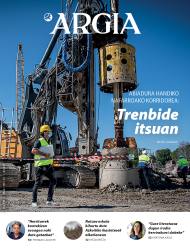


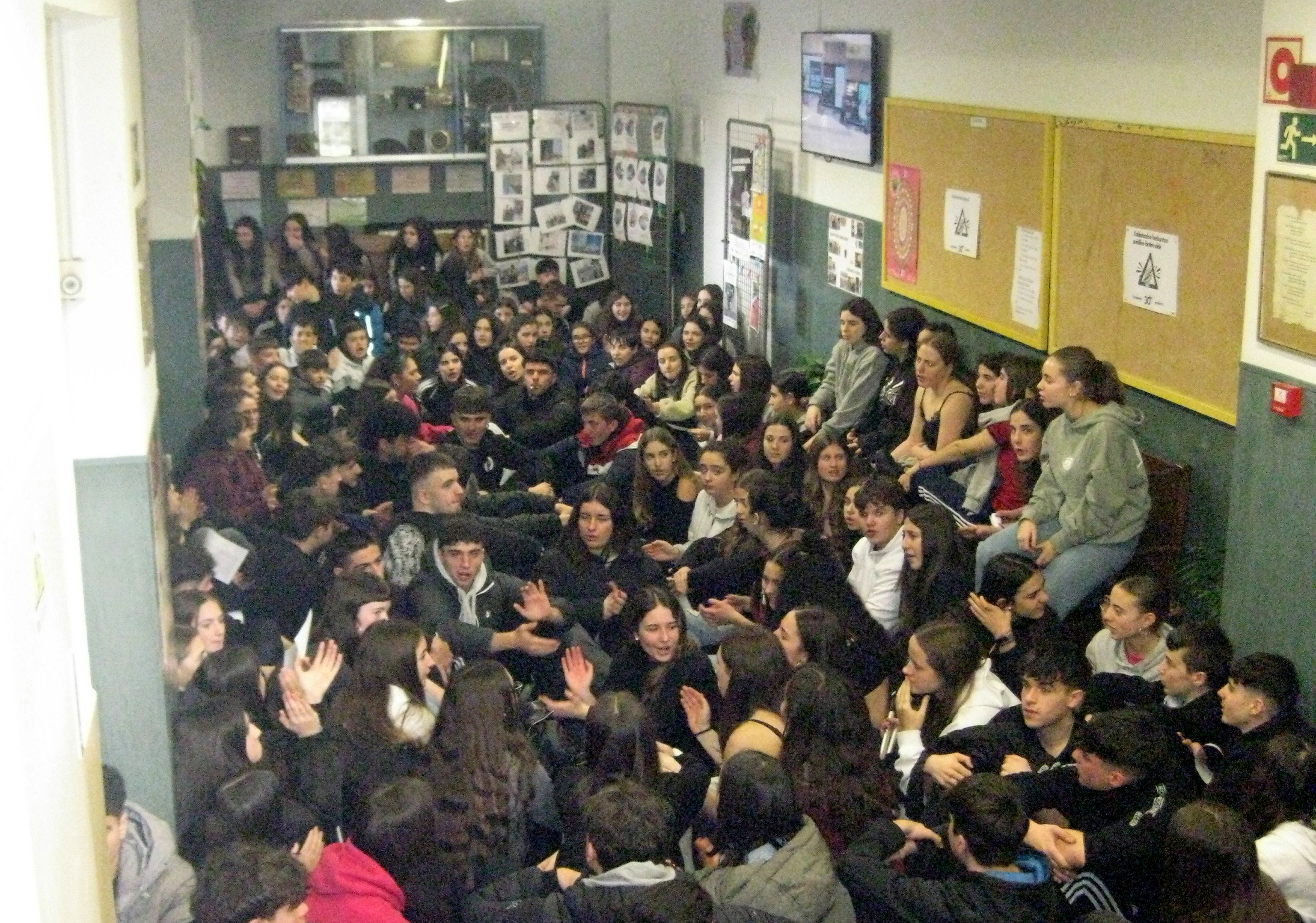
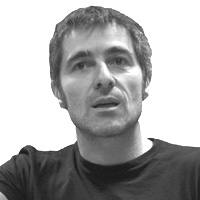
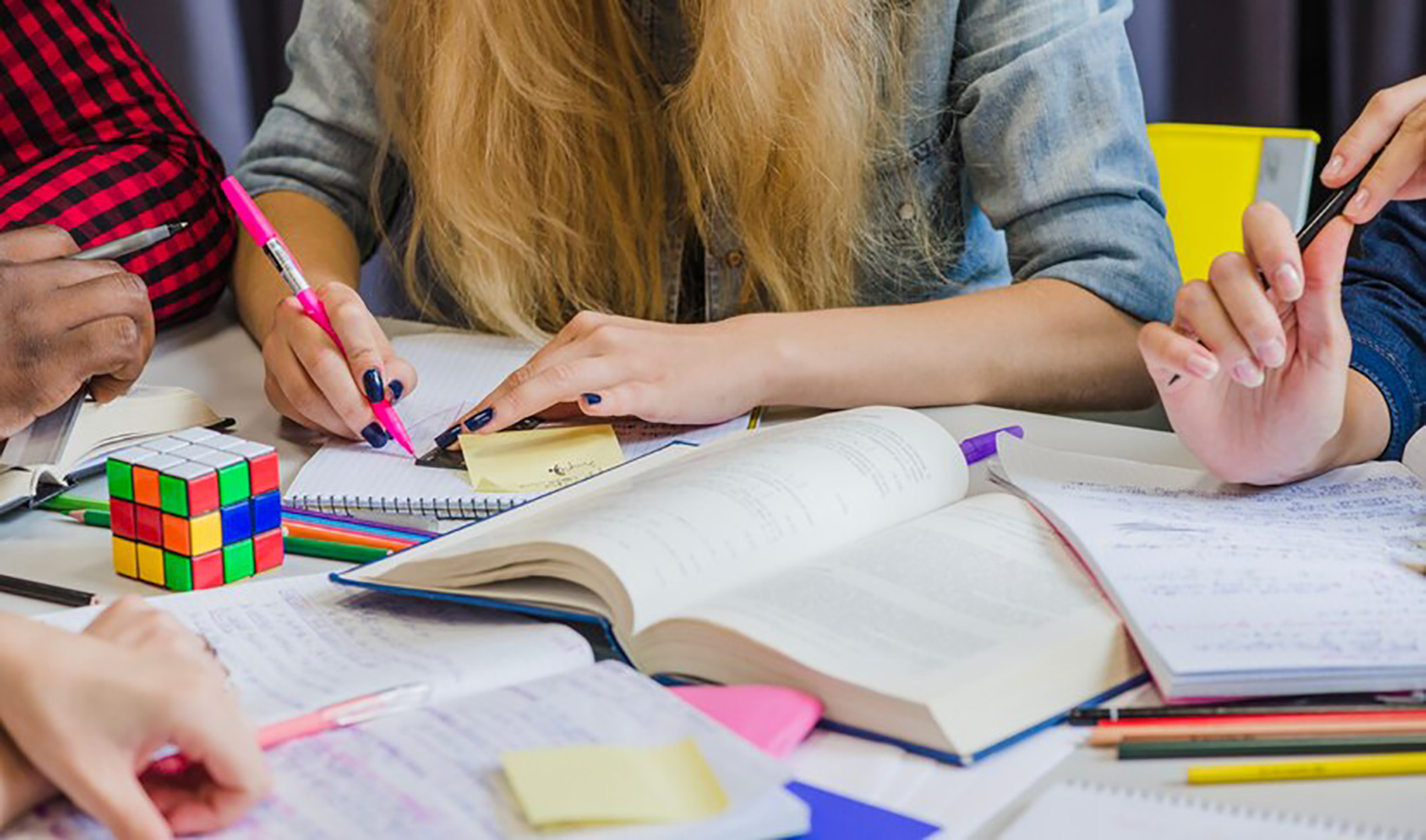
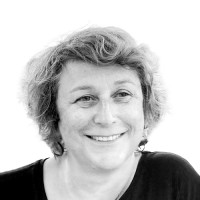
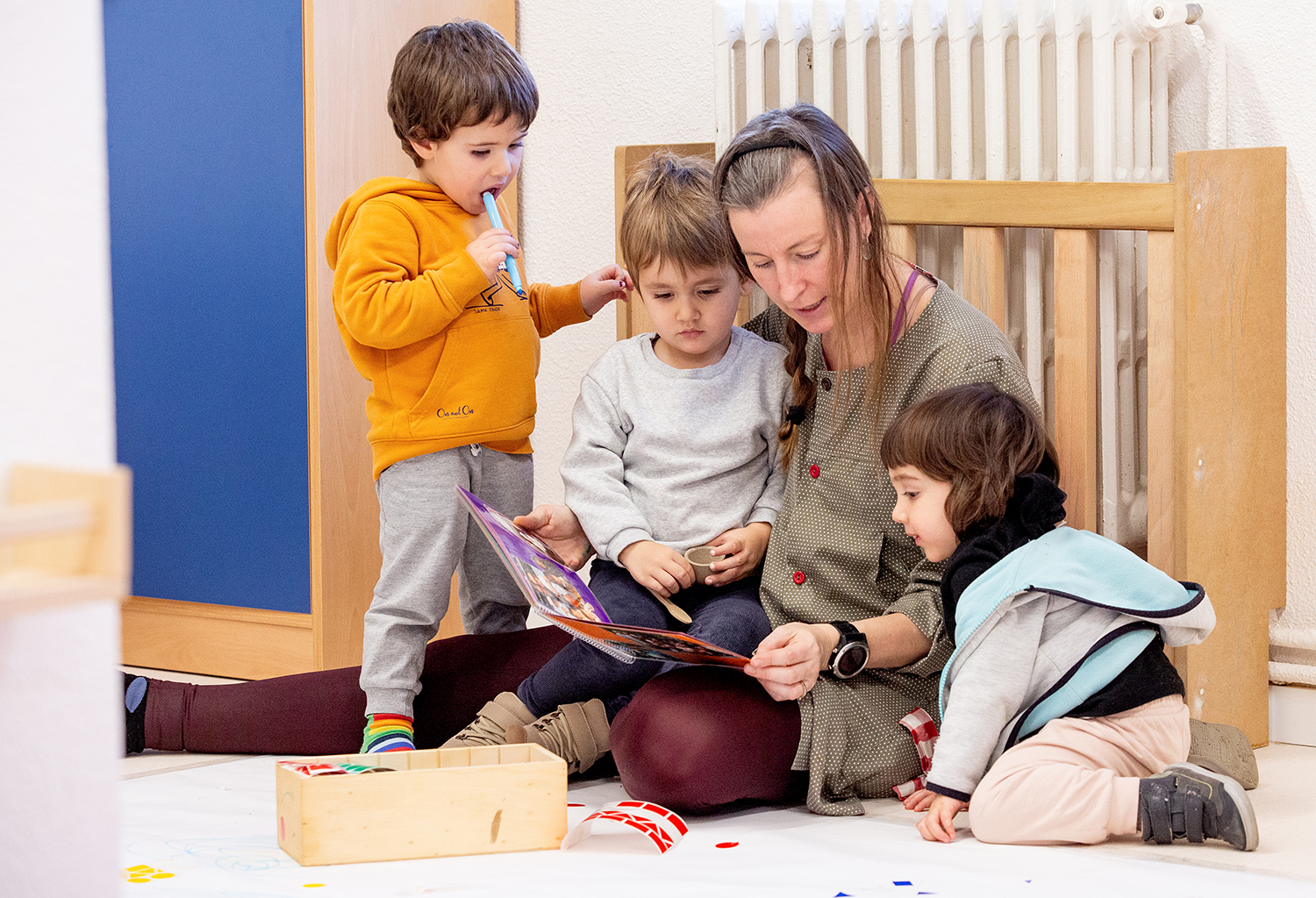
.jpg)
